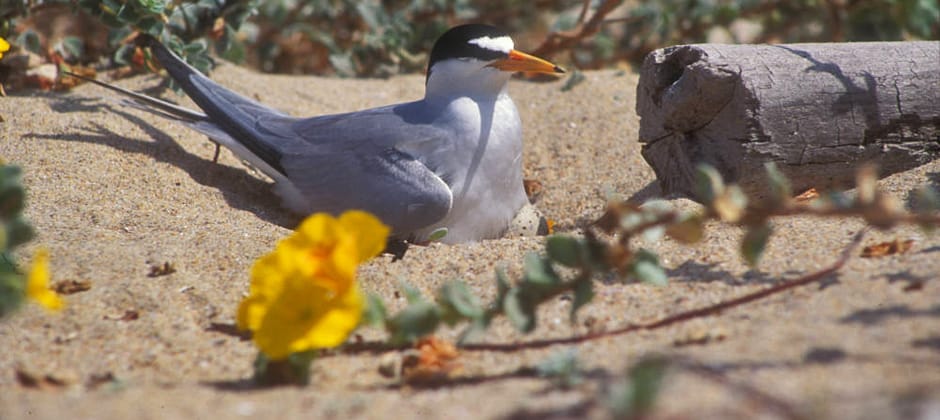Share this article
Interior least terns deemed recovered
The U.S. Fish and Wildlife Service proposed removing the interior least tern (Sterna antillarum) from the endangered species list.
The small fish-eating bird was first listed as endangered under the Endangered Species Act in 1985, as a district population segment of least tern. Since then, efforts from the Service and its partners have led to a nearly tenfold increase in population.
The interior least tern ranges in the United States across the Great Plains and Lower Mississippi Valley, wintering in the Caribbean and South American. As a result of unregulated overharvesting by the millinery trade in the 19th and early 20th centuries, as well as degradation and destruction of the bird’s habitat along rivers, the interior least tern population dropped to fewer than 2,000 birds spread across 12 nesting sites by the time of the population’s listing in 1985.
The Service finalized a recovery plan for the population in 1990, with recovery criteria designed to remove threats to the bird’s essential habitats, enhance existing habitats, and achieve a range-wide population of at least 7,000 individuals. The population size goal was first met in 1994. The Service has worked closely with the Army Corps of Engineers, which has jurisdiction over much of the bird’s habitat, as well as private landowners and others to reduce and mitigate threats their habitats.
Through a five-year review in 2013, the Service determined that the threats endangering the least tern population had been eliminated or sufficiently reduced and that the population had rebounded. Interior least terns can now be found nesting along more than 2,858 miles of river channels in 18 states — from Montana to Texas and Illinois to Colorado.
The Service is accepting public comments on the proposal to remove the interior least tern from the endangered species list through Dec. 23.
Read TWS’ standing position on Threatened and Endangered Species and Position Statement on the U.S. Endangered Species Act.
Header Image: An interior least tern sitting on its nest. The U.S. Fish and Wildlife Service has declared the population recovered under the ESA. ©David Mitchell








